
Listed Canadian Artist: (1881-1956)
Hand Pulled Serigraph: Silkscreen in at least eight colours.
Signed: Initialed “A.H. Robinson” in the lower right of screen.
Sight size: w: 4 3/4 in. x h: 3 5/8 in.
Title Known As: “Home From Town” from Coutts series of cards
Print Condition: Near Pristine with no condition issues and has bright colours
Hand Carved Frame & Matted: with acid-free materials throughout.
Albert Henry Robinson, RCA
A Note of Interest: This Holgate serigraph is one of a series of 43 serigraphs created in 1931 for Coutts Hallmark Christmas cards. Group of Seven member A.Y.Jackson was the driving force behind this project and twenty-six of Canada’s leading artist were asked to contribute to this fund raising venture for needy artists, which became known as the 'Painters of Canada' series of Chrismas cards. Due to a drastic downturn in the economy brought on by the 1929 stock market crash, this project soon dwindled and after a few years the cards were removed from the marketplace. So, no one knows what happened to the remaining unsold cards, whether they were stored away or thrown out, nor is anyone quite sure how many of these historic Christmas cards still remain in existance today. This Albert Henry Robinson serigraph was matted and encased in-house by us, in a hand-carved frame resembling the style created by the early 20th C. Montreal miniaturist, Willard Morse Mitchell.
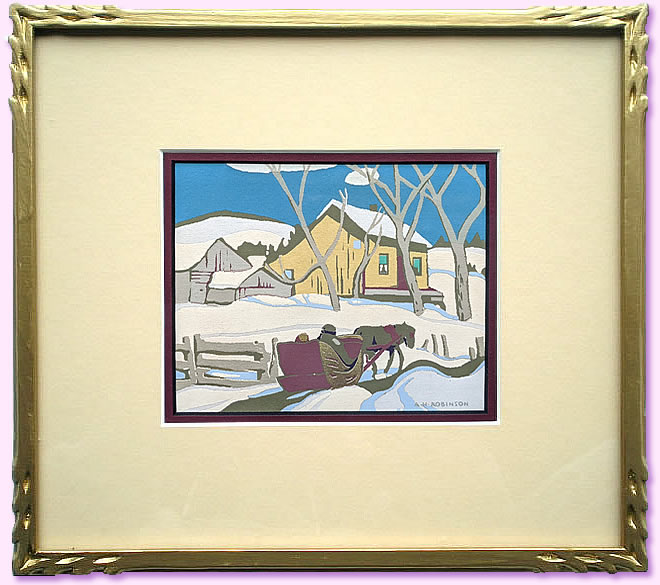
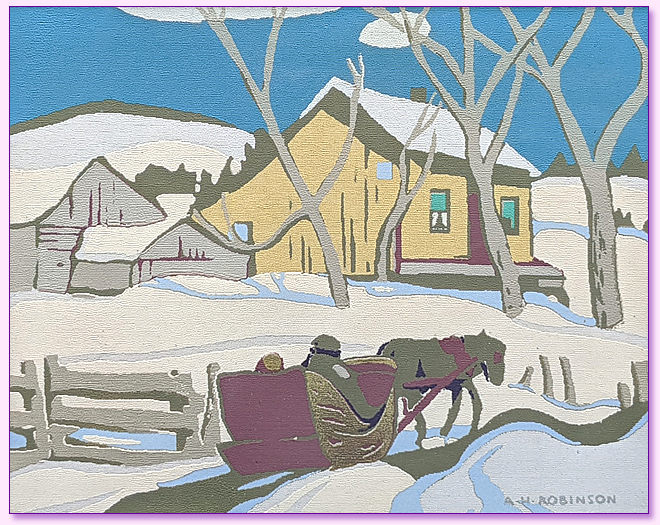

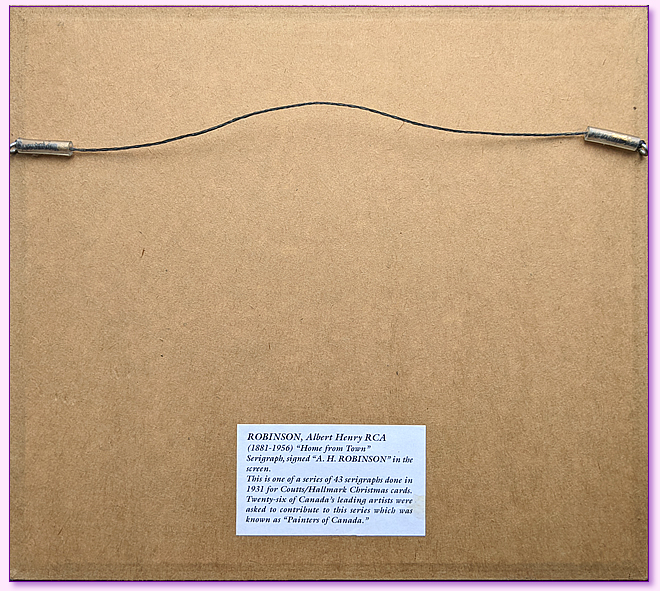
![]()


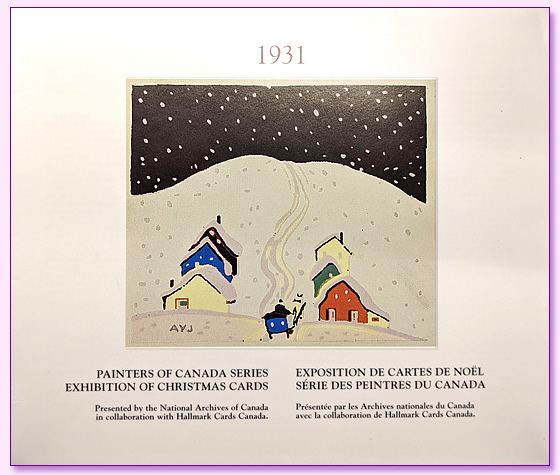
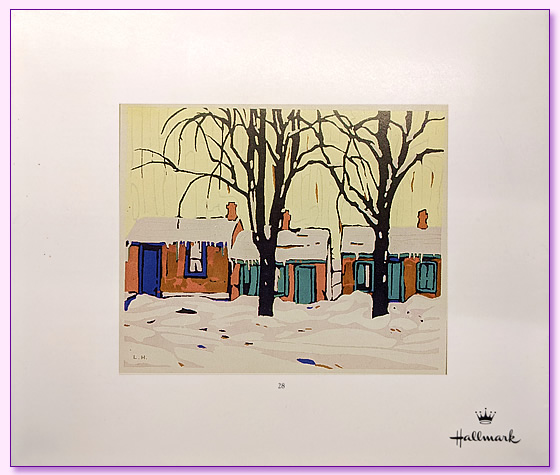

![]()
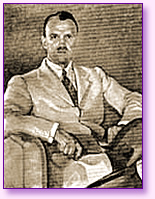 Albert Henry Robinson was born in 1881 in Hamilton, Ontario. Albert was self-taught and his first formal artist position was as an illustrator for The Hamilton Times from 1901 to 1903. Albert attended the Hamilton Art School, where he was taught by the noted Canadian impressionist artist John Sloan Gordon. Robinson would follow J.S. Gordon's suggestion and travel to Paris to attend the Académie Julian, where he would train under William Bouguereau in 1904. This was followed by further training at the École des beaux-arts while in Paris. Around that same time he traveled and painted in Corsica and Normandy and then was introduced to the noted Canadian painter W. Blair Bruce.
Albert Henry Robinson was born in 1881 in Hamilton, Ontario. Albert was self-taught and his first formal artist position was as an illustrator for The Hamilton Times from 1901 to 1903. Albert attended the Hamilton Art School, where he was taught by the noted Canadian impressionist artist John Sloan Gordon. Robinson would follow J.S. Gordon's suggestion and travel to Paris to attend the Académie Julian, where he would train under William Bouguereau in 1904. This was followed by further training at the École des beaux-arts while in Paris. Around that same time he traveled and painted in Corsica and Normandy and then was introduced to the noted Canadian painter W. Blair Bruce.
Robinson had not been well and was suffering after an infection of typhoid in 1905, which forced his return back home to Canada. After his recovery he acquired a position at the Hamilton Art School with his old mentor, John Sloan Gordon. It was near Hamilton that he first began to paint the Canadian landscape, but his move further east to Montreal in 1908 and his fascination with the people of Quebec would eventually define his life's artworks. In Quebec he met William Brymner and Maurice Cullen, and in 1909 would begin to exhibit with the Royal Canadian Academy, where he would become an associate member in 1911 and full membership in 1920.
He met A.Y. Jackson in 1910, and traveled with him to France in the following year. Jackson and Robinson painted together quite frequently after World War I, visiting the sketching locations now made famous by their works, such as St-Tite-des-Caps and Baie-St-Paul. Jackson and Robinson became lifelong sketching and painting companions. Robinson also exhibited and was associated with other notable Quebec painters such as Edwin Holgate, Clarence Gagnon and Randolph Hewton. Robinson’s work is defined by his affection for snow and the winter landscape, this is why the colour white is so predominate in his palette. He was an excellent colourist, and his methods included an often found square brush-stroke, enabling him to convey a sense of cheerfulness dappled with light.
Albert Henry Robinson was invited to exhibit as a guest, along with Randolph Stanley Hewton and Robert Wakeham Pilot at the 1920 Group of Seven exhibition. While a contemporary of the Group, he didn't seek attention through his associations with them, rather, he preferred instead a quiet life where he could paint according to his natural aspirations. Robinson has often been referred to as “a painter’s painter” who painted for the pure enjoyment of it. He was a founding member of the Canadian Group of Painters in 1933 and won numerous awards during his lifetime at exhibitions in Canada, the United States and Europe.
His works can be found in the permanent collections of the National Gallery of Canada, the Luxembourg Museum, the Montreal Museum of Fine Arts, the Art Gallery of Ontario, the Musée National des Beaux-Arts de Quebec and in Canada House in London, England.
Albert Henry Robinson suffered a heart attack in 1930 after which the severe arthritis in his hands tragically forced him to stop painting altogether.
Albert Henry Robinson passed away in Montreal in 1956.
Copyright 2023 © FineArtandAntiques.ca
Print Ref No: 6AMO12SYD-S/TOEX

The 1931 Christmas cards shown here are from the “Painters of Canada” series that was published by William E. Coutts, the founder of Hallmark Cards Canada. They were all printed by the best in the business, the Sampson-Matthews Company of Toronto.
The series is composed of 46 Christmas cards, 43 of which are serigraphs and three of which are photo mechanical reproductions. Twenty-six notable Canadian artists contributed to this series, among them were several members of the Group of Seven. A key figure in the creation of these cards was A.Y. Jackson, who encouraged William E. Coutts to issue this special series. Jackson envisioned that the production of this series could act as a partial source of income for some of the artists who were experiencing financial difficulties at that time. Coutts also saw it as an opportunity to create artful contemporary Canadian greeting cards that had never been previously presented in this fashion.
The “Painters of Canada” series, that at first promised to be a great success, was unfortunately, created during the Great Depression. So, over just a few short years, the “Painters of Canada” series was designated a financial failure and was relegated to the waste bin of time. Although the actual number of Coutts cards printed is uncertain, it is known that the selling price at that time ranged from $37.50 to $67.50 per box of 100 cards. It is also known that only 25 to 50 boxes of cards were eventually sold and there is no accounting for the remainder of the unsold boxes of cards. It's presumed that they remaining cards were destroyed and are gone forever.
William Coutts was a great supporter of the arts in Canada. Since the founding of the William E. Coutts Company in 1916, he greatly admired and included Canadian artists for greeting card subject matter that illustrated the life and times of Canada in the 1930's. The “Painters of Canada” series began at the very end of the 1920s and even though they weren't around for long, their creation started an on-going tradition for Hallmark Cards Canada, the successor to The William E. Coutts Company. The 1931 series did represent some of the greatest achievements in Coutts' production history with respect to the cards style and presentation, the processes used to create them and the quality of the product itself.
Copyright 2023 © FineArtandAntiques.ca
Albert Henry Robinson, RCA Noted Canadian Artist
Updated January 17, 2025 |
|
|---|


